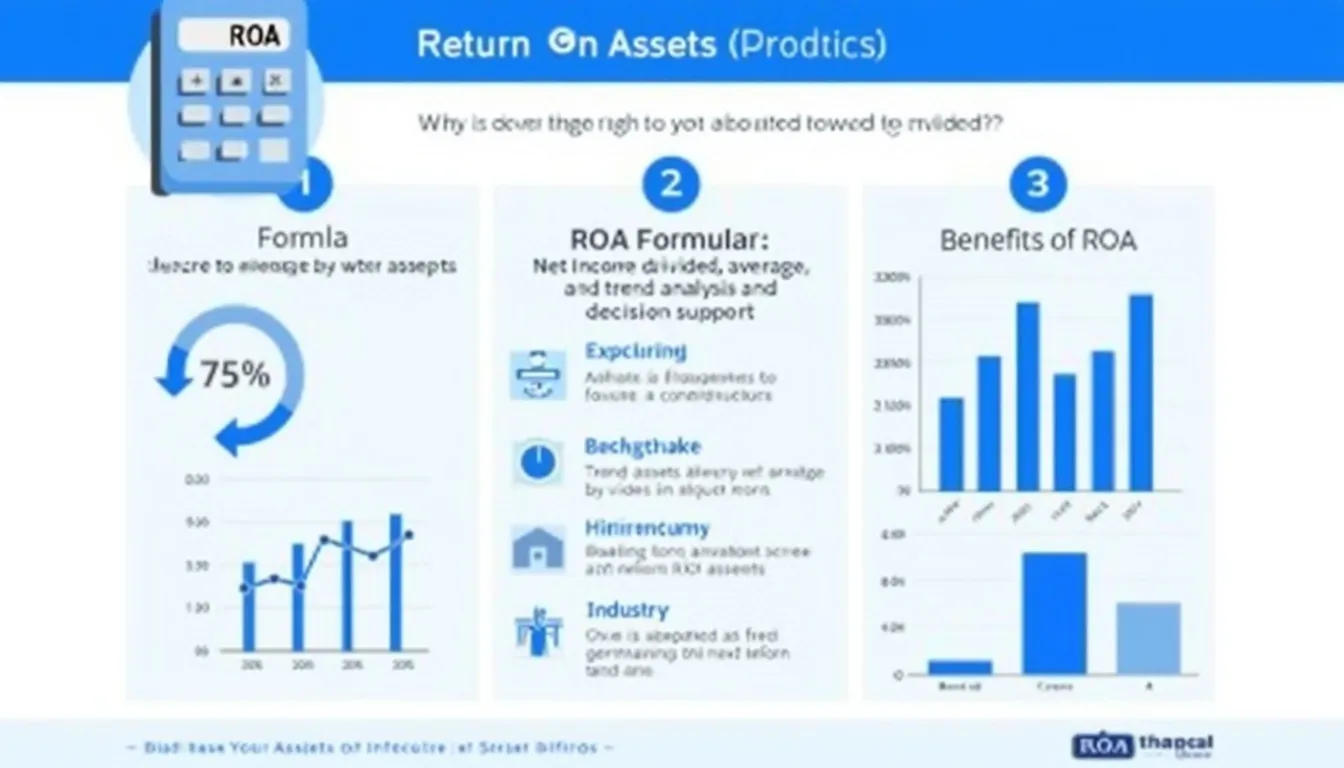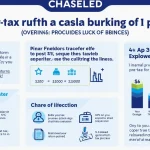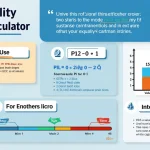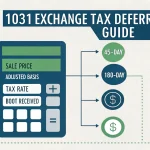Return on Assets (ROA) Calculator
Is this tool helpful?
How to use the tool
- Step 1 – Enter Net Income: key in your profit after tax, e.g., 675 000 or 2 150 000.
- Step 2 – Enter Average Total Assets: supply the period-average asset value, e.g., 4 500 000 or 18 750 000.
- Step 3 – Press “Calculate”: the tool returns ROA as a percentage.
- Formula: $$ ROA = rac{\text{Net Income}}{\text{Average Total Assets}} \times 100\% $$.
- Example A: 675 000 ÷ 4 500 000 = 0.15 → 15 %.
- Example B: 2 150 000 ÷ 18 750 000 = 0.1147 → 11.47 %.
Quick-Facts
- ROA above 5 % signals efficient use of assets in most industries (Investopedia, 2023).
- U.S. banks average 1 % ROA because of high leverage (FDIC Quarterly, 2023).
- Manufacturing ROA median = 6.2 % (Damodaran Industry Margins, 2023).
- Formula endorsed by IFRS IAS 1 for performance ratios (IFRS Foundation, 2022).
- “High ROA indicates management turns every dollar of assets into more profit”—Corporate Finance Institute (CFI, 2023).
Example calculations
Retail chain
Net Income = 850 000; Average Assets = 6 800 000.
$$ ROA = rac{850\,000}{6\,800\,000}\times100\% = 12.5\% $$
Tech start-up
Net Income = -120 000; Average Assets = 2 400 000.
$$ ROA = rac{-120\,000}{2\,400\,000}\times100\% = -5\% $$
Negative ROA flags loss-making use of assets.
FAQ: Return on Assets
What does a “good” ROA look like?
A ROA above 5 % beats the long-run U.S. corporate median (Investopedia, 2023).
Why compare ROA within the same industry?
Asset intensity differs; utilities own heavy infrastructure, software firms do not (Damodaran, 2023).
Can ROA be negative?
Yes. Losses make net income negative, turning ROA negative and warning of unprofitable assets (SEC Staff Accounting Bulletin, 2022).
Does debt affect ROA?
ROA ignores financing; it focuses on assets regardless of whether funded by debt or equity (CFI, 2023).
How often should you track ROA?
Quarterly tracking aligns with standard financial reporting cycles (FASB, 2021).
Is ROA the same as ROI?
No. ROI measures return on any investment, whereas ROA measures return on total assets (Investopedia, 2023).
How can you improve ROA?
Increase income (raise margins) or reduce idle assets (sell under-used equipment) (McKinsey Operations Insights, 2022).
What if ROA is stable while income grows?
Asset base is expanding proportionally; efficiency hasn’t changed (Federal Reserve Z.1 Report, 2023).
Important Disclaimer
The calculations, results, and content provided by our tools are not guaranteed to be accurate, complete, or reliable. Users are responsible for verifying and interpreting the results. Our content and tools may contain errors, biases, or inconsistencies. Do not enter personal data, sensitive information, or personally identifiable information in our web forms or tools. Such data entry violates our terms of service and may result in unauthorized disclosure to third parties. We reserve the right to save inputs and outputs from our tools for the purposes of error debugging, bias identification, and performance improvement. External companies providing AI models used in our tools may also save and process data in accordance with their own policies. By using our tools, you consent to this data collection and processing. We reserve the right to limit the usage of our tools based on current usability factors.







